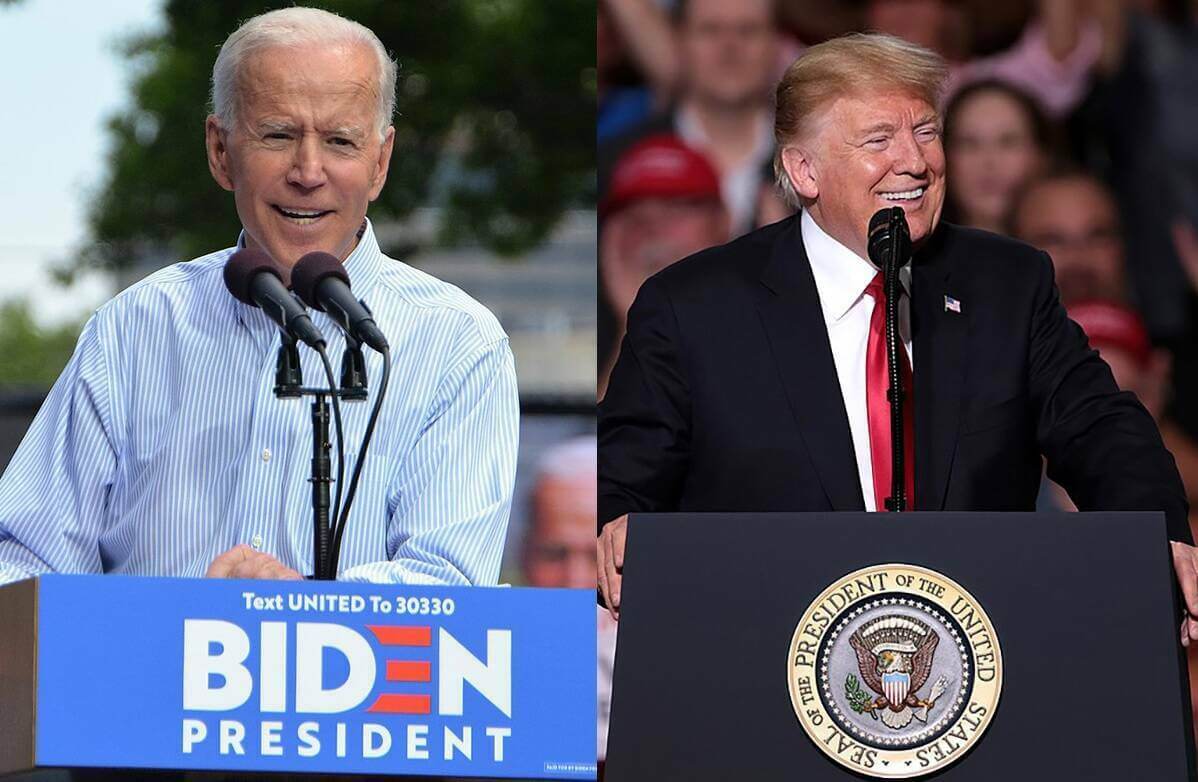As the 2024 election season comes into sharper focus, the debate about whether America is a dynamic democracy or a shuffling gerontocracy becomes more clamorous and vociferous.
Increasingly, pointed and probing questions are posed. Who’s too old to serve in the White House or Congress? What’s the appropriate age for someone to depart from the hurly-burly of the political arena?
Utah Sen. Mitt Romney, 76, believes he has reached that point, announcing September 13 that he would not run for another term in 2024, citing his age, and hinting that others should follow his lead. “At the end of another term, I’d be in my mid-80s. Frankly, it’s time for a new generation of leaders,” he said in a video statement. “They’re the ones that need to make the decisions that will shape the world they will be living in.”
Few people in positions of power seem to be heeding Romney’s nonpartisan call. The latest polling points toward a presidential campaign next year between one candidate of a major party just shy of 82-years-old, with the other main party standard bearer being 78.
In the current Senate, according to the Pew Research Center, the median age is 65.3 years, and it’s 57.9 in the House of Representatives. More tellingly, 16 senators and 43 House members are 75 or above. One generation — the so-called Boomers born between 1946 and 1964 — make up the largest contingent of legislators in both chambers.
These numbers and recent reports of troubling incidents of physical and mental frailty involving high-level elected officials prompted substantial majorities of respondents in a September survey to come out four-square in favor of an upper age limit for serving in the White House and on Capitol Hill. The poll, conducted by The Economist/YouGov, found 76 percent supported “a maximum age” for president, 73 percent for the Senate and 72 percent for the House.
When asked what the maximum age should be, the people polled said, as an average, 67 for president and one year younger for all members of Congress. Analysis of the survey included this sobering statement: “If an age limit of 66 were in effect, almost half of senators currently in office would be ineligible.”
Clearly, political reality and public opinion are as far apart as Camden, Maine, and Cupertino, California. The unpleasant truth is that relinquishing power becomes anathema to most men and women in the rarefied air of Washington.
Is there a solution to this geriatric governance?

The Constitution sets minimum ages for serving in elective office: 35 for the president, 30 for a senator and 25 for a House member. But once aspiring politicians reach those minimums, nothing in the Constitution prevents them from serving at any age for eight years as president or for life in the case of those in Congress.
The minimum-age requirements, undoubtedly, reflect the period when the nation’s charter was written and ratified. With a sizable rate of infant mortality in the late 18th century, the average life expectancy then was in the high 30s.
A maximum age didn’t seem necessary in the young Republic, where three of the Constitution’s principal drafters and defenders — James Madison, Alexander Hamilton and John Jay — averaged only 36 years old in 1787, when the document was composed.
Today the U.S. life expectancy is 79.11 years, according to one computation, which creates an entirely different situation from over two centuries ago. The passage of a new constitutional amendment, as a companion to what’s already set forth in the first two articles about age minimums, would be the singular procedure to solve the issue of aging elected officials.
Why couldn’t there be a maximum age of, say, 75 years for president, vice president, senator, House member or Supreme Court justice? Of course, every person ages differently, but America deserves a governing framework that recognizes the often-harsh realities of the autumn — or, in some cases, winter — of life.
This isn’t an ageist argument. It’s advanced by someone who crossed the Rubicon of this proposed seniority — the 75-year mark — a couple months ago. Rather, it’s a sincere attempt to solve, through the means outlined in the nation’s defining document, what many citizens perceive as a serious and expanding problem.
To be sure, adding a new amendment to the Constitution would give Hercules heartburn, if not heart failure. Two-thirds of both chambers of Congress would need to approve the proposed measure, and then three-fourths of the 50 state legislatures would have to ratify it.
There is wide temporal latitude in how long it takes for a new amendment to join the 17 others since 1791, when the Bill of Rights — with the first ten — enumerated essential freedoms and liberties.
The 27th (and, so far, last) amendment became law in 1992. It concerned compensation for Congress and was originally proposed on September 25, 1789. Yes, 1789.
But the 26th amendment, lowering the voting age to 18, took less than four months in 1971, the quickest ratification in history. So you never know.
Mandating a maximum age wouldn’t be a “term” limit. Instead, it would be a “time” limit, based impartially on a person’s date of birth.
The only way for this civic proposal to have a chance of passage is for voters to get behind it, energetically pushing their elected lawmakers — in Washington and throughout the states — to put personal self-interest aside for something more significant.
Such selfless action would help reinvigorate American democracy by opening the door to new generations of governmental leaders.
Bob Schmuhl is the Walter H. Annenberg-Edmund P. Joyce Professor Emeritus of American Studies and Journalism at Notre Dame. He’s the author of several books, most recently The Glory and the Burden: The American Presidency from the New Deal to the Present (published by Notre Dame Press).